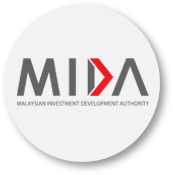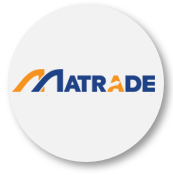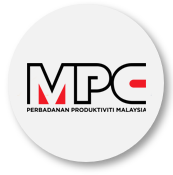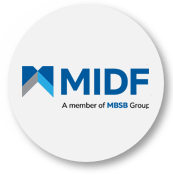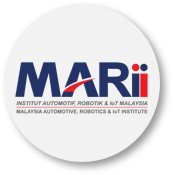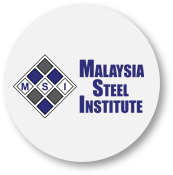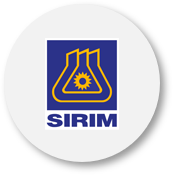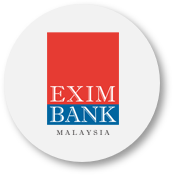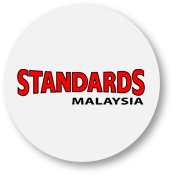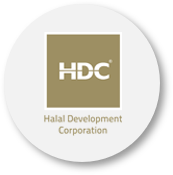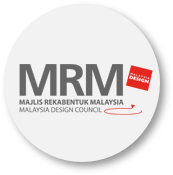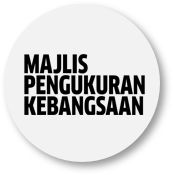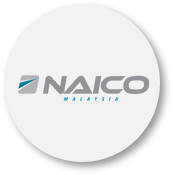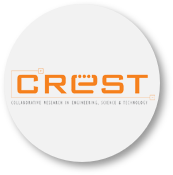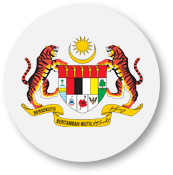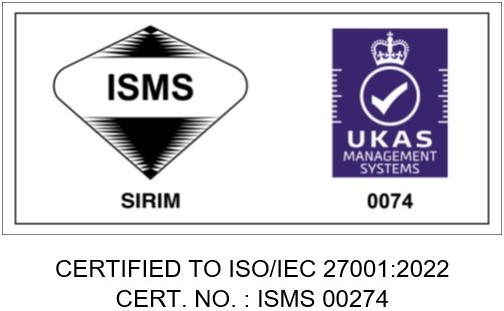.png)
Background National Automotive Policy
The automotive industry plays a significant role in transforming Malaysia into an industrialised nation, which translate into high-value economic activities, improving standards of living as well as creating higher-paying jobs. The sector creates an important impact on the development of upstream industries, such as steel and chemicals, as well as downstream industries, including IT and maintenance services.
The National Automotive Policy (NAP) was first introduced in 2006 under the Third Industrial Masterplan (IMP3) 2006-2020 to transform the automotive industry as one of the important components of our economy, It outlined key direction and strategies in preparing the local automotive players towards a more competitive and sustainable automotive industry. In 2009, the second version of the policy was introduced, to focus on enhancing the capabilities of the domestic automotive industry and create a more conducive environment for investments.
National Automotive Policy 2020
Over the past half-decade, the nation has witnessed a rapid transformation of the automotive industry as mobility technologies and Industry 4.0 became imperative to global competitiveness. The new era of automotive technologies must be adapted into the industry to ensure business sustainability and future competitiveness. The emergence of the Internet-of-Things (IoT) and Big Data Management has opened doors to numerous opportunities like self-driving vehicles and collaborative product and process development.
The NAP 2020 is an enhancement of NAP 2014, aiming to make Malaysia a regional leader in manufacturing, engineering and technology as well as to ensure a sustainable development of the local automotive industry. This will facilitate the required revolution and optimal integration of the local automotive industry into regional and global industry networks.
The Vision also aims for the local automotive industry to continue to be aligned with the latest global technological trends through the application of IR4.0 technologies towards moving into connected mobility phase of development in Malaysia.
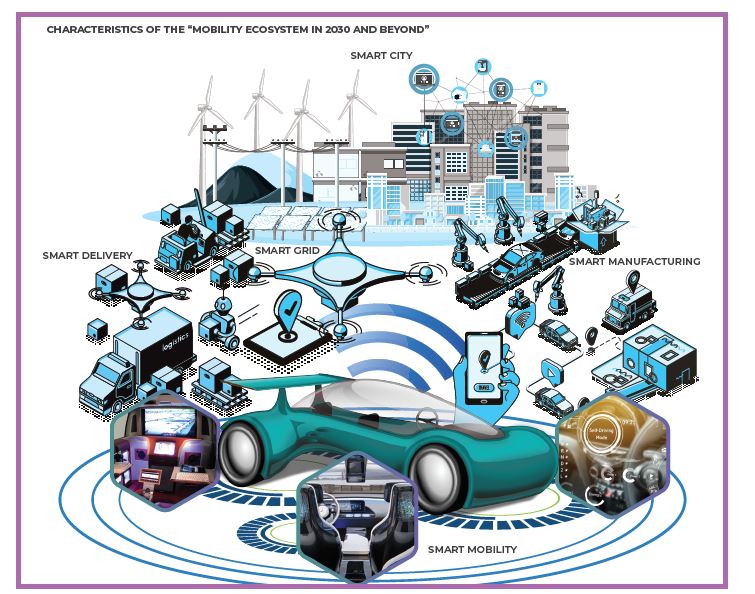
National Automotive Vision
-
Under the National Automotive Vision, Malaysia aims to become a regional leader in manufacturing, engineering, technology and sustainable development in the automotive sector.
-
The National Automotive Vision consists of the following 5 pillars:
The Objective
-
Develop NxGV technology ecosystem to make Malaysia the regional hub.
-
Expand the participation of domestic automotive industry in the sector of MaaS.
-
Ensure the domestic automotive industry is better equipped with new automotive paradigm closely related to IR4.0 development.
-
Ensure the entire ecosystem benefits from the spin-off of NxGV implementation.
-
Reduce vehicle carbon emission by improving fuel economy level in Malaysia by 2025.
NAP 2020 Framework
NAP 2020 maintains and enhances the NAP 2014 framework through three (3) directional thrusts and three (3) strategies that introduce new technological elements namely NxGV, MaaS and IR4.0
Three (3) directional thrusts are:
-
Technology and Engineering;
-
Investment; and
-
Market expansion.
Whereas, the three (3) strategies are:
-
Value chain development;
-
Human capital development; and
-
Safety, Environment and Consumerism
The industry has become increasingly fraught with uncertainties due to global scenarios. Hence, through the review of NAP2020, the Government has transcended the issues and identified crucial plans to focus on growth and investments towards technology developments and industry transformation in Malaysia.
New elements are also added to NAP2020 focusing on Next Generation Vehicles (NxGV), Mobility as a Service (MaaS) and Industrial Revolution 4.0 (IR4.0).
Roadmaps and Blueprints
NAP 2020 establishes four (4) Roadmaps and three (3) Blueprints for the period of 2020 to 2030. These documents are the enhancement of existing six (6) NAP 2014 Roadmaps.
1. National Roadmap for Automotive & Mobility Value Chain (NRAMVC)
The NRAMVC aims at developing and enhancing the competitiveness of components suppliers of automotive and mobility value chain to be able to supply either to regional or global markets. The NRAMVC outlines additional measures to enhance:
-
value added activities in quality management, operation and business management; and
-
product manufacturing and testing capabilities with the application and implementation of IR4.0 elements.
This roadmap will assist the development of parts and components supplier in Malaysia with the integration and implementation of informative technologies and smart manufacturing that will enable flexibility in physical process.
2. National Roadmap for Automotive & Mobility Technology (NRAMT)
The NRAMT charts the way forward on related technology development in the aspect of EEV, NxGV, smart mobility, Internet of Things (IoT) infrastructure and IR4.0 that support the development and manufacturing of automotive product and mobility ecosystem.
3. National Roadmap for Automotive & Mobility Talent (NRAMTa)
The NRAMTa outlines improved plans for the development of a competitive workforce that is fit for industry demand at all levels of manufacturing, marketing, automotive services up to the integration of mobility ecosystem. This roadmap focuses on improving quality of existing programmes for technicians and operators at local training institutions. NRAMTa also includes plans to develop specific local talent in identified fields, and upgrading skills from basic to advance in the field of engineering and Big Data Analytics, simulation, visualisation, System Integrator, AI and machine learning. Improvements in syllabus for product automation and manufacturing of hybrid components manufacturing, electric, engine and transmission will ensure the availability of skilled workforce in areas related to IR4.0
4. National Roadmap for Automotive Aftermarket (NRAA)
The NRAA outlines detailed criteria through improvements of remanufacturing, standards and best practices that can be adopted by domestic automotive stakeholders to make Malaysia as an automotive remanufacturing hub in ASEAN. This roadmap also provides guidelines for optimizing the quality of recycling and re-use of components by emphasizing on the digital usage such as Big Data Analytics that could potentially increase revenue or enhance the effectiveness and efficiency of after sales operations through customer and vehicle data analysis, maintenance and optimisation of logistics planning. NRAA also outlines the guidelines of Treatment Facility and remanufacturing.
5. National Blueprint for Automotive Mobility as a Service (NBAMaaS)
The NBAMaaS outlines core planning of transport services and mobility solutions that are specifically tailored to accommodate development needs of Malaysia automotive industry.
6. National Blueprint for Automotive Robotics (NBAR)
The NBAR outlines strategies in robotic technology towards provideing solutions to the issues and challenges especially in the manufacturing sector. Through the introduction of Industry 4.0, Malaysia will drive enhanced capabilities in product design, equipment handling, operations, process, supply chain management and factory’s green energy management by using Robotics Automation technology.
7. National Blueprint for Automotive Internet of Things (IoT) (NBAIoT)
The NBAIoT outlines the direction of connectivity revolution in automotive industry and marketing strategies of connected vehicles including Vehicle-to- Everything (V2X), Autonomous vehicles, safety aspect and regulations. The blueprint also outlines ways to address manufacturing challenges, vehicle life cycle and process development of a condusive IoT ecosystem.
Last Updated 2022-01-21 13:52:58 by admin2







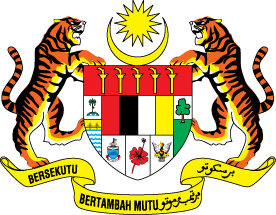





 Home
Home









